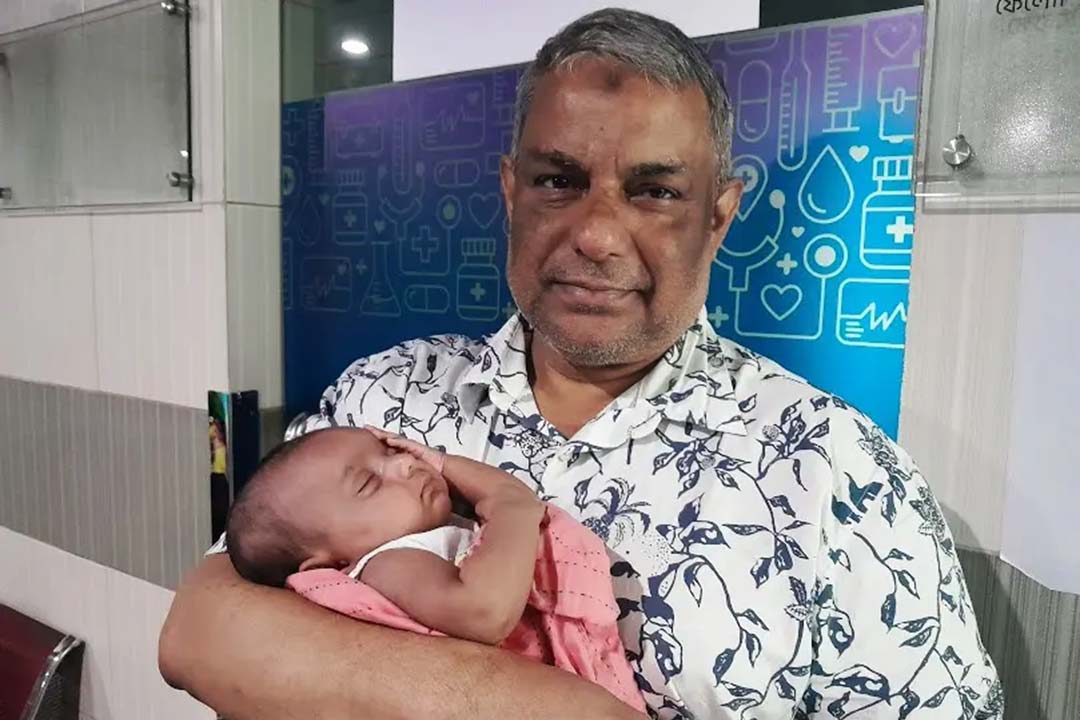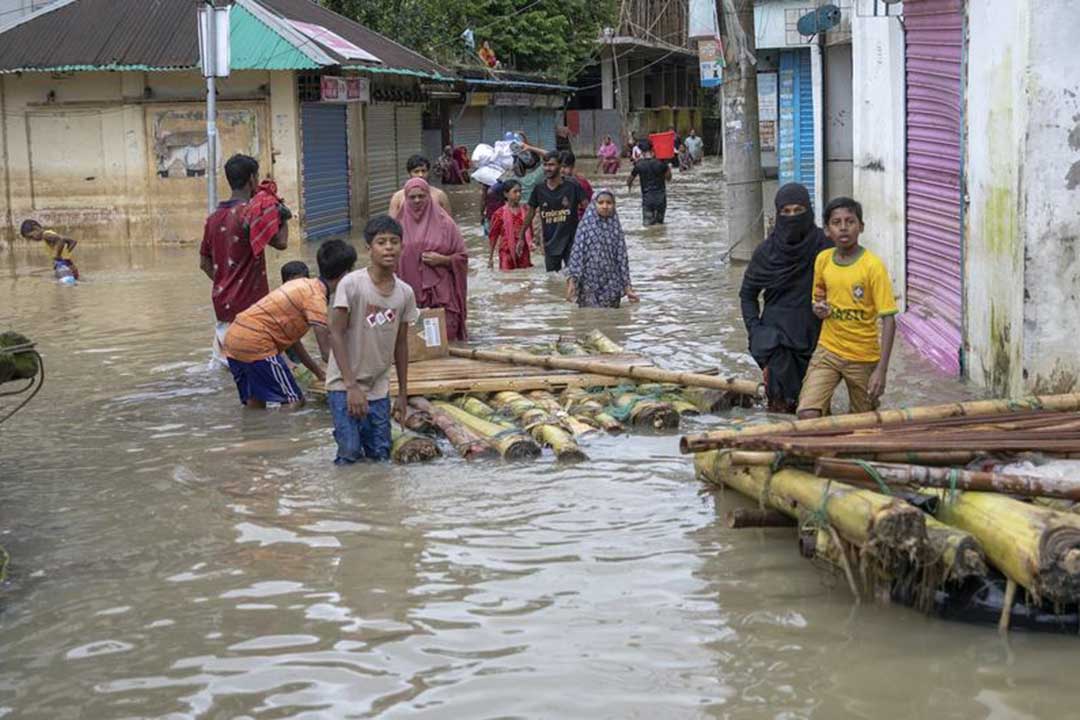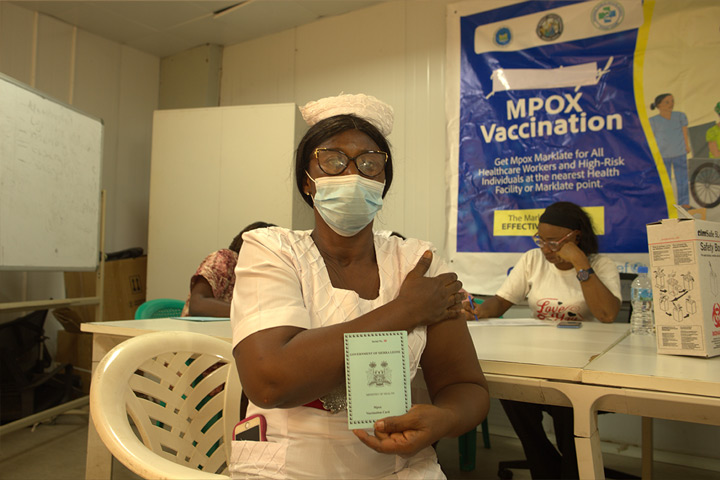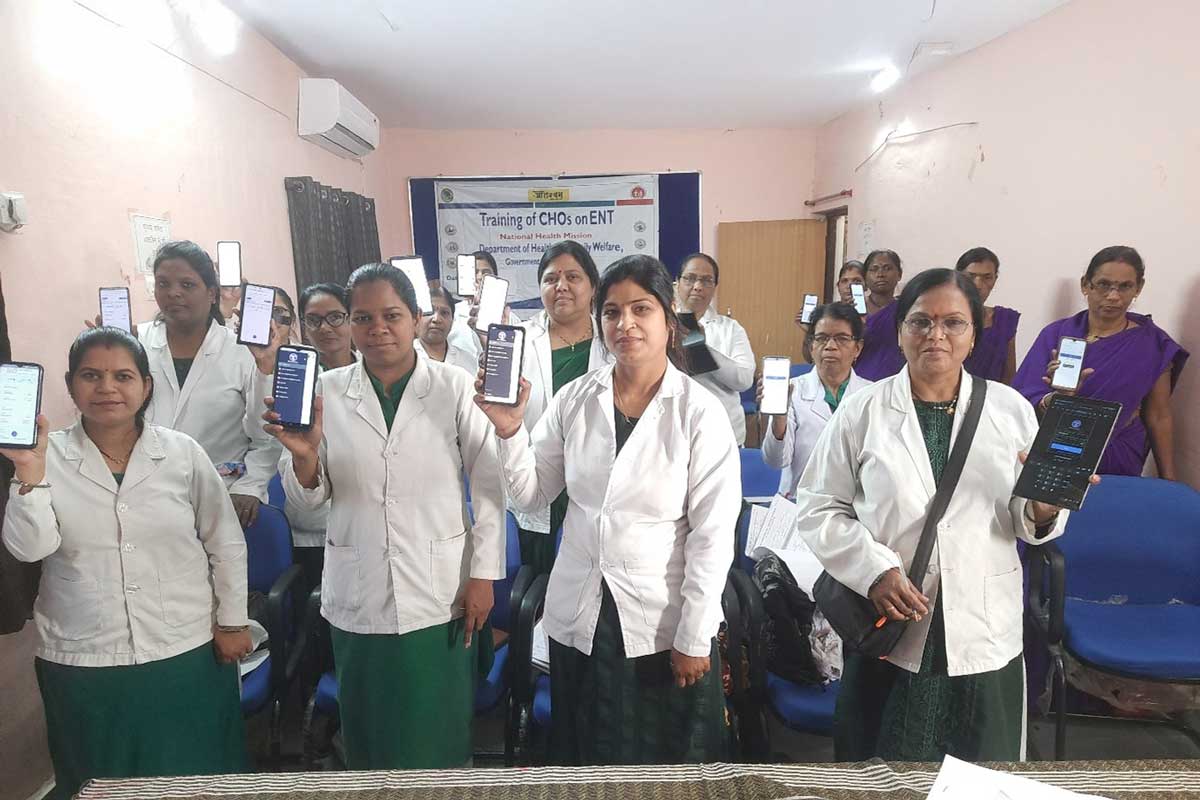How Bangladesh eliminated its “kala-azar” public health problem
Fatal in almost every case if untreated, the parasitic infection preys particularly on the poor. But Bangladesh has the disease on the retreat – Mohammad al Amin finds out how.
- 29 May 2024
- 7 min read
- by Mohammad Al Amin
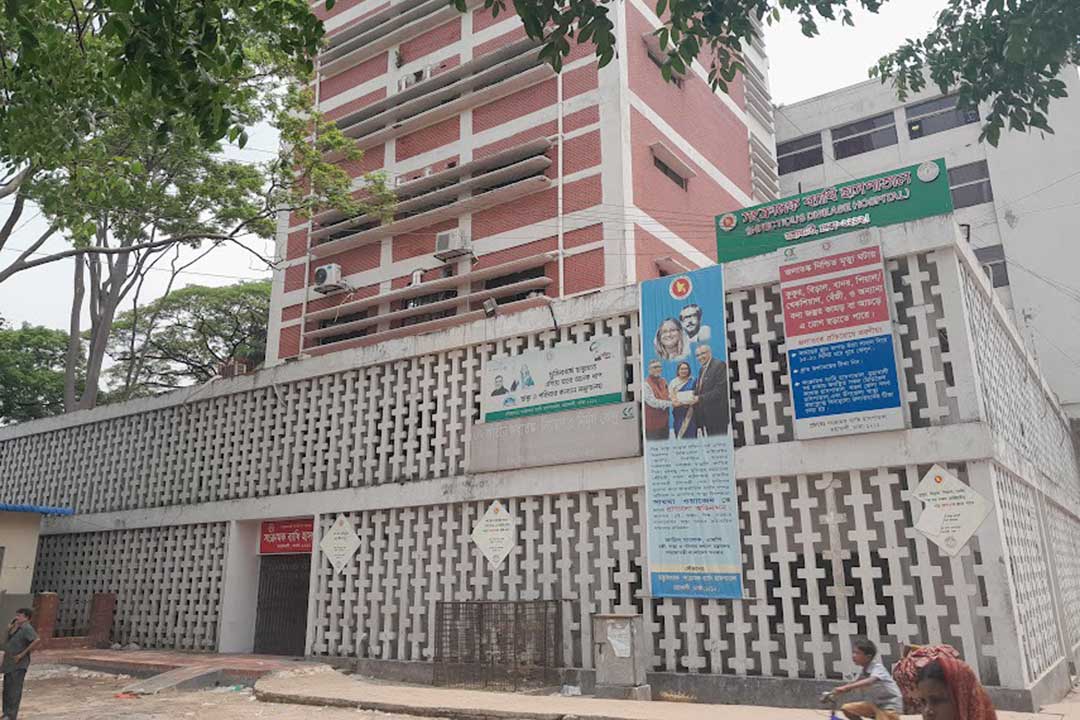
Purobi Bala, the nurse in charge of Medicine Ward No. 7 and 8 of Infectious Diseases Hospital (IDH) in Mohakhali, Dhaka city, has had a front-row seat to the precipitous decline in Bangladesh's visceral leishmaniasis case-load. "Most of the time [now] the kala-azar unit remains very few," Bala told VaccinesWork, using the common South Asian name for the often-fatal parasitic infection.
In October 2023, Bangladesh became the first country in the world to officially eliminate visceral leishmaniasis as a public health problem. That's a major milestone, technically meaning that the number of reported cases of the disease was below 1 per 10,000 population in each of the country's sub-districts for more than three consecutive years.
"The vector was controlled through massive insecticide [use] in the endemic areas."
– Dr MM Akteruzzaman Sohel, Program Manager, Filariasis Elimination, STH, LD & National Kala-azar Elimination
In practice, it means that in mid-May 2024, there were just two patients in treatment on the kala-azar unit at IDH. "We have sent samples to lab for PCR test to confirm the cases. But their symptoms show that they are the kala-azar patients," said Dr Zobaer Ahmed, a Medical Officer assigned to the unit.
Rani, 36, wife of Muntaj, an auto rickshaw driver, comes from Austadhar village in Mymensingh district, historically notable for its high kala-azar burden. She had been admitted on the hospital on 14 May. "I was suffering from various complications including fever, for several times, for around five to six months, and finally my condition deteriorated and [I] rushed to this hospital."
Talking to VaccinesWork, Dr Ariful Bashar, a kala-azar clinical expert and acting superintendent of IDH, noted that the ward is a national point of referral. "Work is going on to turn the IDH as a centre of excellence for treatment of all complicated kala-azar cases of the country. Currently we get many old patients while some of them are infected for more than one time," he said.
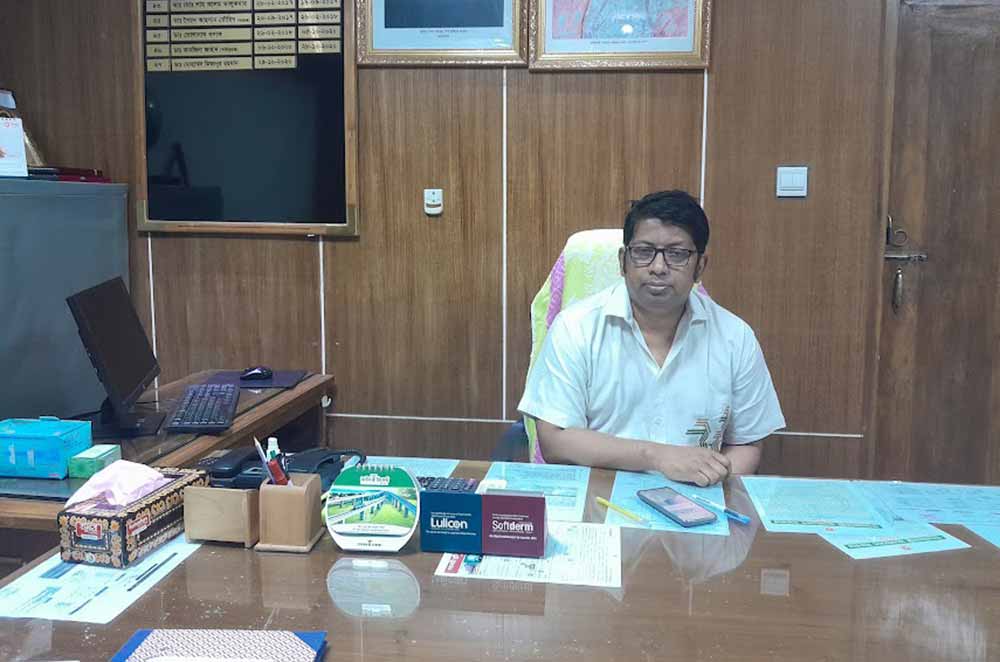
Credit: Mohammad Al Amin
Kala-azar or visceral leishmaniasis is the most serious of three types of human disease caused by Leishmania parasites, which are transmitted by the bite of female phlebotomine sandflies, resulting in death in 95% of untreated cases. The other two forms are cutaneous and mucocutaneous leishmaniasis – painful and disfiguring, but not usually deadly.
Zeroing in on parasite vaccines
There is currently no vaccine on the market against human leishmaniasis, meaning that the hundreds of thousands of people still becoming infected worldwide are reliant on treatments that are often cripplingly expensive, and don't prevent re-infection.
That's principally because vaccines against parasites – which are more complex organisms than viruses or bacteria – are very difficult to develop. In fact, the malaria vaccine is the world's first against a human parasite to roll out widely.
To make matters worse, leishmaniasis is caused by no fewer than 20 different species of Leishmania parasites, which are transmitted by more than 90 different species of sandfly: a fiendish challenge.
But scientists are making headway against this and other parasitic scourges. "[Prof Paul Kaye of Hull York Medical School] and his colleagues have designed a viral vector vaccine that uses a modified and harmless virus – similar to that used in the Oxford/Astra Zeneca vaccine against COVID-19 – to smuggle genes that code for Leishmania proteins into human cells, so that they manufacture these proteins themselves. Doing so triggers a strong cellular immune response by T cells as well as the production of antibodies by B cells," wrote VaccinesWork science writer Linda Geddes in a fascinating recent deep-dive.
Read that story here
The symptoms of kala-azar include irregular bouts of fever, weight loss, enlargement of the spleen and liver, as well as anaemia. It's a disease of poverty, associated with malnutrition, population displacement, poor housing, weakened immune systems and constrained financial resources. An estimated 700,000 to 1 million new cases of the various forms of leishmaniasis occur annually across the world. Visceral leishmaniasis cases are concentrated in Brazil, east Africa and India.
"Hectic days": remembering a higher tide of cases
Less than 20 years ago, Bangladesh, India and Nepal together accounted for 60% of the global kala-azar burden. As recently as a decade ago, the pace of work for kala-azar doctors like Dr Bashar was very different than it is today.
Dr Bashar recalled his days at the Surya Kanta Kala-azar Research Centre (SKKRC), an institute based at Mymensingh Medical College Hospital, where he worked from 2011 to 2017.
"It was hectic days when I was working as the In-charge of the kala-azar research centre, set up in one of the kala-azar endemic areas. We got average 300–350 critical patients at the centre annually during that time," he said.
Have you read?
Especially poor people had been highly affected by the parasitic disease, he said, as they live in mud-built houses where the female phlebotomine sandfly, a tiny 2–3 mm long insect vector, lives and breeds.
But even at the Mymensingh Medical College Hospital, located in a stand-out district for kala-azar incidence, the number of cases had begun to decline by 2017. Dr Progganandanath, current In-charge of the SKKRC said the centre received just about 15 cases in 2023.
Cornering the vector
Directorate General of Health Services (DGHS) data said only 47 Kala-azar cases were reported in the country in 2022. During that time, the entire WHO South-East Asia Region reported 1,069 cases.
Describing the epidemiological history of kala-azar in Bangladesh, Dr MM Akteruzzaman Sohel, Program Manager, Filariasis Elimination, STH, LD & National Kala-azar Elimination at CDC of the DGHS said the first case of the disease was officially reported in Jessore, in what was then Bengal, in 1824.
Sporadic kala-azar cases were reported through the 1970s in Bangladesh, while a significant outbreak occurred in Pabna district in 1980. "Since then, the kala-azar cases are reported in the country every year," said Dr Akteruzzaman Sohel. 2006 would be the worst year on record, with nearly 9,400 cases." During the period 2008 to 2011, a total of 100 upazilas in 26 districts were designated as endemic areas, and they constituted the National Kala-azar Elimination Programme's elimination units," he added.
"Now, sustainability of the low case load and achieving zero cases are the main challenges for the country, as the parasitic disease may revive after years, like many other diseases. So, vector surveillance and patient surveillance will have to be continued."
– Dr Benazir Ahmed, public health expert
Sohel said that with the WHO-endorsed integrated vector management (IVM) strategy, developed as part of the Global Vector Control Response (GVCR), the country started reducing kala-azar cases in the 2000s.
"The vector was controlled through massive insecticide [use] in the endemic areas," he said.
In 2005, Bangladesh, India and Nepal signed a Memorandum of Understanding (MoU) pledging to eliminate kala-azar as a public health problem by 2015. That commitment was renewed in 2014 to include Bhutan and Thailand. Between 2007 and 2021, the number of reported visceral leishmaniasis cases in these countries declined by over 95%.
The Bangladesh National Kala-azar Elimination Programme (NKEP) published their national strategic plan in 2006, following the basic framework laid out by WHO South-East Asia Regional Office.
The NKEP strategy consists of six pillars: early diagnosis and prompt, complete treatment to reduce mortality and prevent transmission; integrated vector management and vector surveillance; strengthening disease surveillance and response; operational research, advocacy, communication and social mobilisation (ACSM); and multisectoral and cross-border collaboration.
Treating the sick
A network of 22 upazila health complexes in endemic areas fed complicated cases through to six referral hospitals to make sure patients were getting the treatment they needed, Sohel said. Seven tertiary-level hospitals provide advanced diagnostic and treatment support for the complex level of care for kala-azar patients.
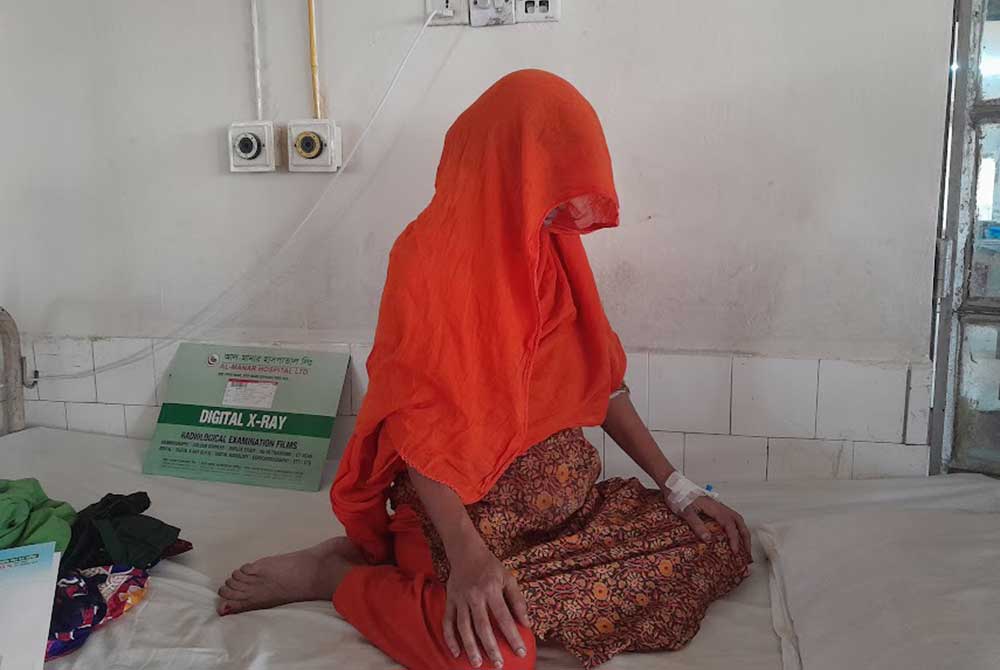
Credit: Mohammad Al Amin
"The government provides the expensive antileishmanial drugs [Liposomal Amphotericin B and Miltefosine] to the patients at totally free of cost," Sohel added, specifying that each vial of medication costs US$ 220, and as many as ten vials are needed per adult kala-azar patient.
Kala-azar is a notifiable disease in Bangladesh under the Infectious Diseases Prevention, Control and Elimination Act 2018.
Keeping it up
"We are also aware that maintaining the elimination status would be a challenge. In the post-validation stage, the Health and Family Welfare Ministry will continue to work to sustain rk39 RDT [rapid diagnostic tests] availability at all UHCs," Sheikh Daud Adnan, Director, Disease Control & Line Director, Communicable Disease Control at the DGHS told VaccinesWork.
He said as part of its post-elimination efforts, Bangladesh will focus on effective surveillance to sustain its hard-won status. A reference laboratory system to facilitate enhanced access to advanced diagnostics, in particular a molecular assay that would allow more sensitive and specific diagnosis of post kala-azar dermal leishmaniasis (PKDL) and visceral leishmaniasis relapse, is in the works, he added.
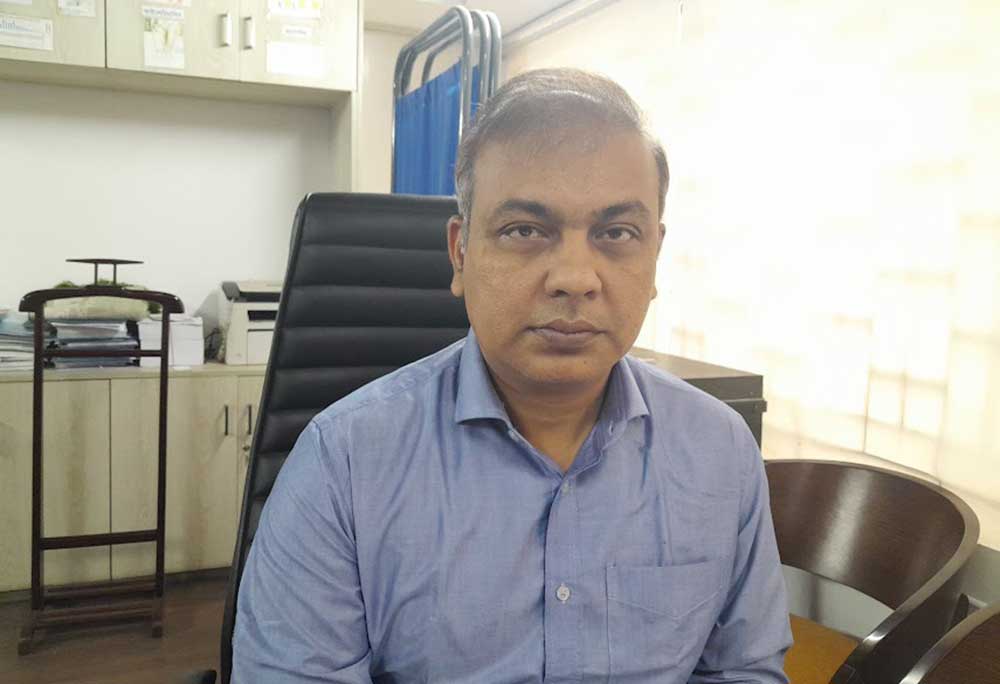
Credit: Mohammad Al Amin
"The ministry is committed to mobilising resources for strengthening case diagnosis, treatment, surveillance and vector control in the post validation phase, and achieve Zero New Kala-azar by 2030," Sheikh Daud Adnan added.
Talking to VaccinesWork, public health expert Dr Benazir Ahmed said, "Now, sustainability of the low case load and achieving zero cases are the main challenges for the country, as the parasitic disease may revive after years, like many other diseases. So, vector surveillance and patient surveillance will have to be continued," he said.

